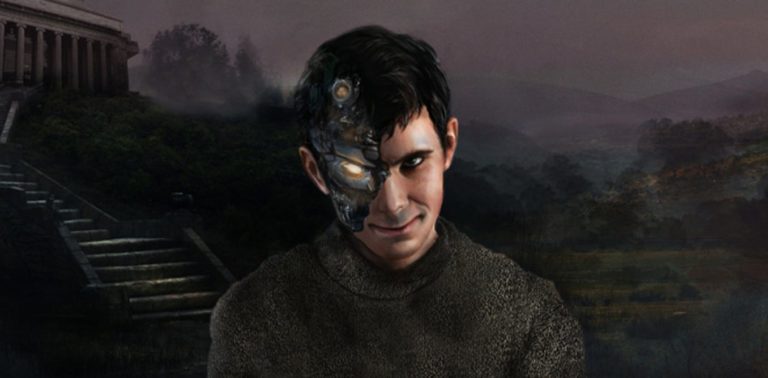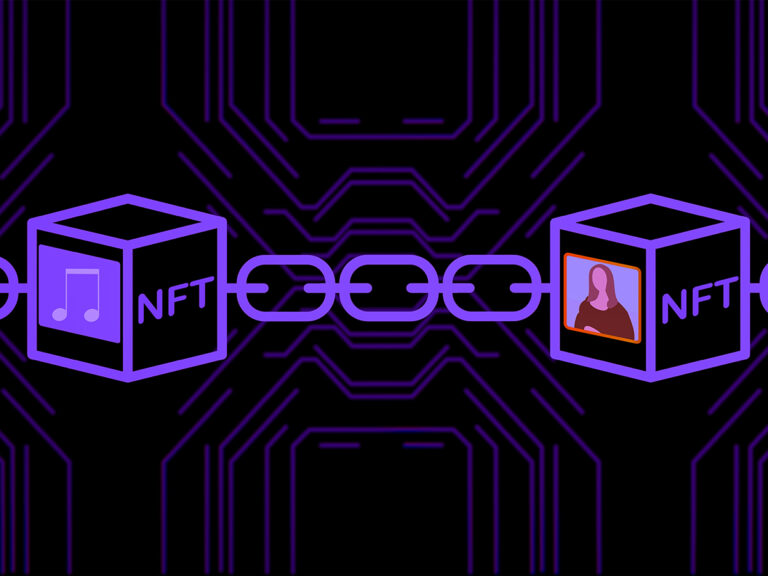
Category Technology & Intelligent Systems
Working with industrial partners, TMU is creating a strong technological and industrial ecosystem through our research in engineering, design, management, and production.


Ontario’s plans for COVID-19 contact tracing wearable devices threaten freedom and privacy

Ontario’s digital health program has a data quality problem, despite billions in spending

Memes like Bernie Sanders’ mittens spread through networks the same way viruses spread through populations
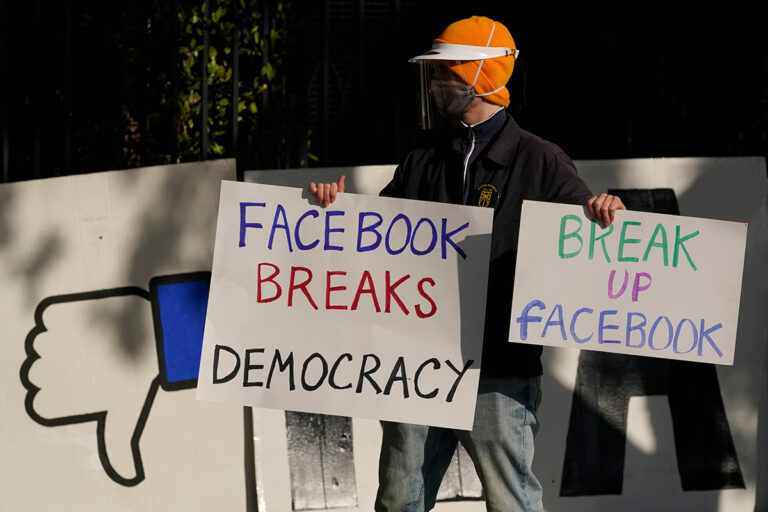
Facebook antitrust battle escalates tensions between government, Big Tech

Tech’s next great opportunity is mid-career workers

The math behind Trump’s tweets
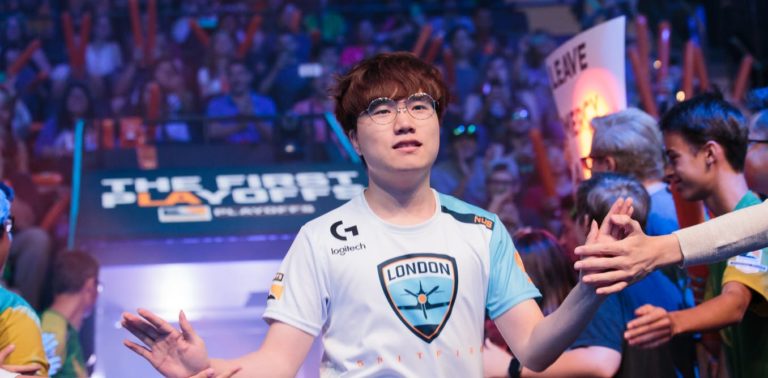
Why e-sports should not be in the Olympics
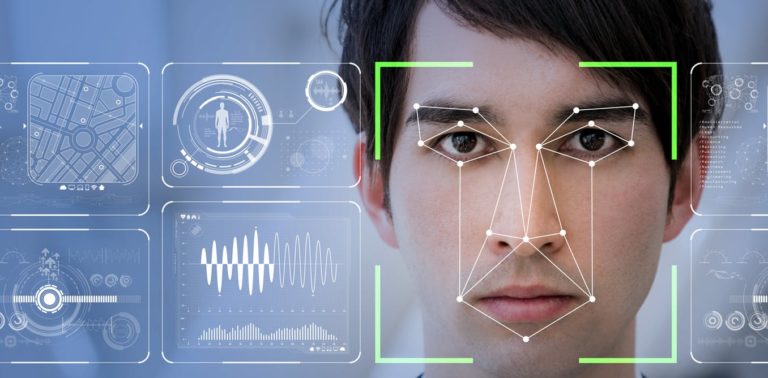
Big Brother facial recognition needs ethical regulations
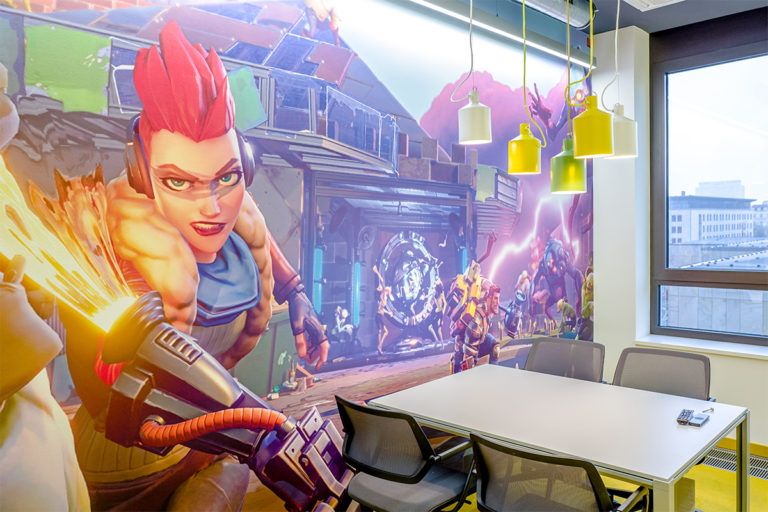
How playful design is transforming university education
